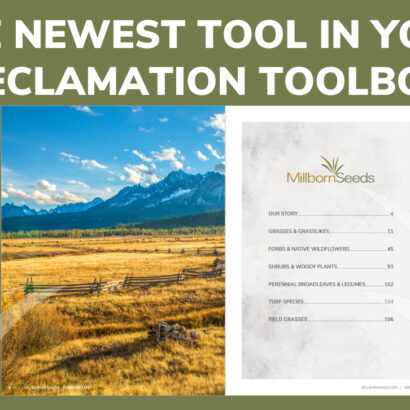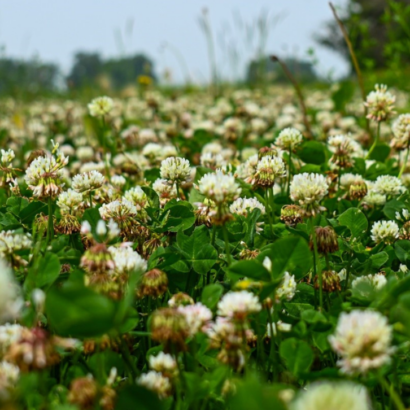Often, when I explain that my education is in rangeland management, people ask, “What are rangelands?” There are infinite answers to this question, but “natural grazing systems” is my go-to response. The following question is, “What is there to manage?” As someone who is passionate about our rangelands, I could speak on this topic for hours. But I’ll spare you the time and break it down for you.
Britannica’s definition of rangeland is “any extensive area of land that is occupied by herbaceous or shrubby vegetation which is grazed by domestic or wild herbivores.” This is a great answer for high school ag classes and the like, but rangelands are so much more than their dictionary definition. Rangelands make up 21% of the U.S. land surface and more than 50% of the world’s land surface. They also provide habitat for countless species of animals, as over 84% of the mammals found in North America spend at least a portion of their life in rangeland ecosystems.
At their core, rangelands are the foundation of millions of people’s livelihoods and the underpinning of several recreational industries.
In fact, millions of people from all over the world flock to Yellowstone National Park annually, where our rangelands and iconic rangeland mammals are proudly on display.
However, many people don’t realize that while these systems have worked naturally since Earth’s creation, man’s use of rangelands has promoted us to the position of caretaker. With further economic use of rangelands, more intensive management of these areas is required to maintain the historic ecosystem services they provide.
So, what does this have to do with seed?
After a disturbance, either natural or human-caused, native grazing systems need to be revegetated to maintain the environmental services that the system provides. For example, after a fire, seeds that have remained viable in the soil may have the opportunity to sprout without the competition of overhead foliar canopy. This can be a good thing, but this also means that many non-native, invasive, or otherwise less desirable species (AKA weeds) are given the opportunity to grow, beginning the succession of rangeland degradation. If a land manager plants seeds that meet their management objectives, seeds of less desirable species are more likely to rot in the ground (as they should).
Whether you are a general contractor of an oil and gas pipeline, or a landowner wanting to recover the abandoned set of corrals in the back forty, it’s up to you to either support the continuation of natural processes, or let the “weeds” take over. If you’re relying on rangelands for economic benefit, implementing a management plan, no matter how basic, will pay dividends.




Discussion
0 Comments